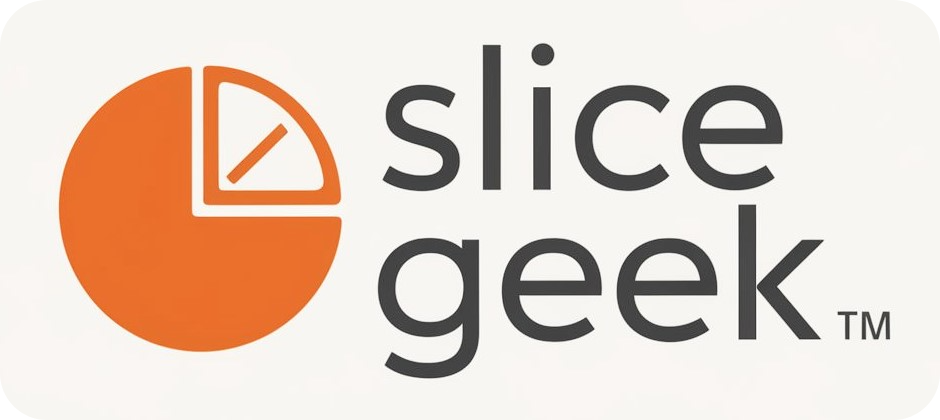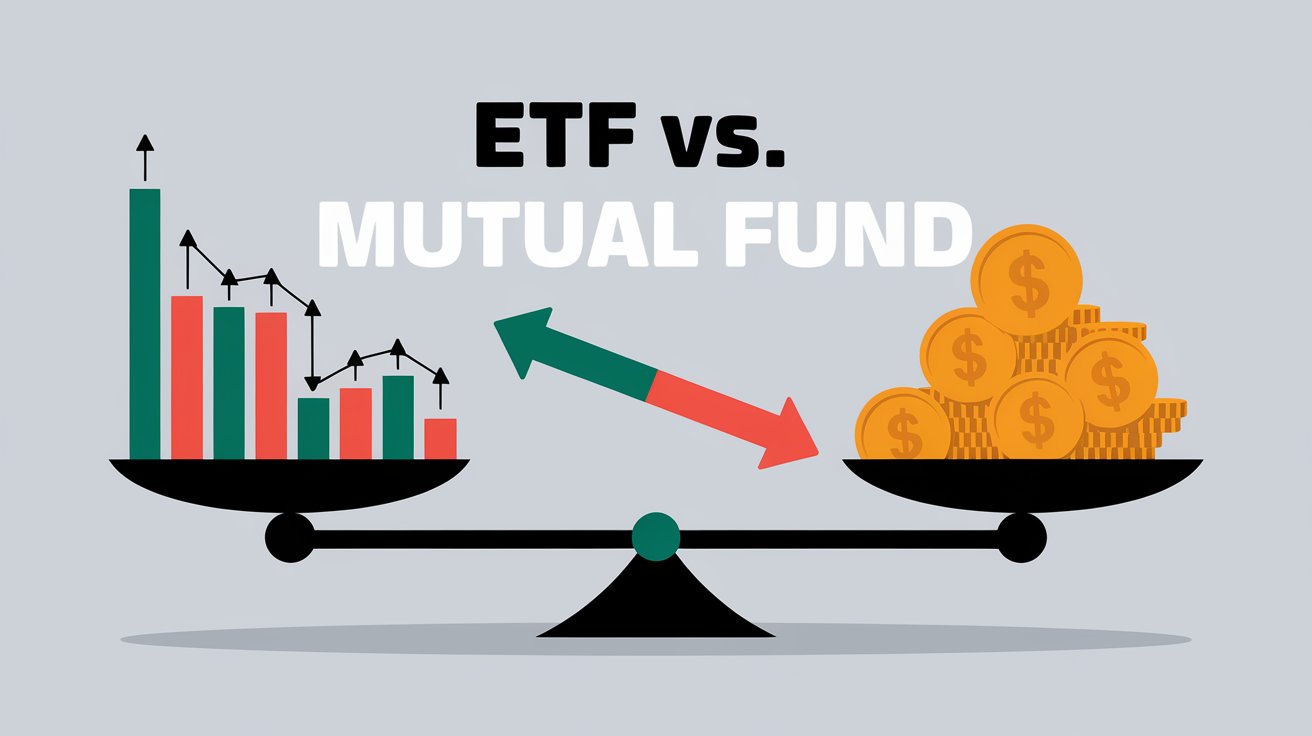Investing in the financial markets can be a daunting task, especially with the multitude of options available to investors today. Two of the most popular investment vehicles are Exchange-Traded Funds (ETFs) and Mutual Funds. Both offer a way to diversify your portfolio and gain exposure to a wide range of assets, but they operate differently and come with their own set of advantages and disadvantages. Understanding the key differences between ETFs and Mutual Funds is crucial for making informed investment decisions that align with your financial goals. In this comprehensive guide, we will explore what ETFs and Mutual Funds are, how they work, their pros and cons, and how to decide which is the better choice for your investment strategy.
What is an ETF?
An Exchange-Traded Fund (ETF) is a type of investment fund that is traded on stock exchanges, much like individual stocks. ETFs are designed to track the performance of a specific index, sector, commodity, or other assets. They offer investors the opportunity to invest in a diversified portfolio of assets with the ease of trading a single security.
One of the defining features of ETFs is their transparency. Most ETFs publish their holdings on a daily basis, allowing investors to know exactly what assets they are invested in. This transparency is a significant advantage for investors who want to monitor their investments closely.
ETFs are typically passively managed, meaning they aim to replicate the performance of an underlying index rather than actively selecting individual securities. This passive management style often results in lower management fees compared to actively managed investment funds.
What is a Mutual Fund?
A Mutual Fund is an investment vehicle that pools money from multiple investors to invest in a diversified portfolio of stocks, bonds, or other securities. Mutual Funds are managed by professional fund managers who actively select and manage the fund’s investments to achieve specific investment objectives.
Mutual Funds come in various types, including equity funds, bond funds, money market funds, and balanced funds. Each type of Mutual Fund has its own investment strategy, risk profile, and target return.
Unlike ETFs, Mutual Funds are typically traded at the end of the trading day at the fund’s net asset value (NAV). The NAV is calculated by dividing the total value of the fund’s assets by the number of shares outstanding. Investors in Mutual Funds buy and sell shares at the NAV, rather than at a market price.
Key Differences Between ETFs and Mutual Funds
While ETFs and Mutual Funds share some similarities, they have several key differences that can impact your investment strategy. Understanding these differences is essential for choosing the right investment vehicle for your needs.
1. Trading and Liquidity
One of the most significant differences between ETFs and Mutual Funds is how they are traded. ETFs are bought and sold on stock exchanges throughout the trading day, much like individual stocks. This means that the price of an ETF can fluctuate throughout the day based on supply and demand.
In contrast, Mutual Funds are traded only once per day, after the market closes. Investors buy and sell shares at the fund’s NAV, which is calculated at the end of the trading day. This means that investors in Mutual Funds do not have the flexibility to take advantage of intraday price movements.
The intraday trading of ETFs provides investors with greater liquidity and the ability to react quickly to market changes. However, this also means that ETF prices can be more volatile compared to Mutual Funds.
2. Management Style
ETFs are generally passively managed, meaning they aim to replicate the performance of an underlying index or benchmark. The fund manager does not actively select or manage the securities in the ETF’s portfolio. Instead, the ETF holds the same securities as the index it tracks.
Mutual Funds, on the other hand, are often actively managed. This means that the fund manager actively selects and manages the fund’s investments based on the fund’s objectives and market conditions. The goal of an actively managed Mutual Fund is to outperform the market or a specific benchmark.
The active management of Mutual Funds can lead to higher management fees compared to passively managed ETFs. However, it also offers the potential for higher returns if the fund manager is successful in selecting winning investments.
3. Fees and Expenses
Fees and expenses are important factors to consider when choosing between ETFs and Mutual Funds. ETFs generally have lower expense ratios compared to Mutual Funds, primarily due to their passive management style. The lower fees of ETFs make them an attractive option for cost-conscious investors.
Mutual Funds, especially actively managed ones, tend to have higher expense ratios due to the costs associated with research, analysis, and active management. In addition to management fees, Mutual Funds may also charge other fees, such as sales loads, redemption fees, and 12b-1 fees.
It’s important for investors to carefully review the fee structure of any investment before committing to it. While higher fees do not necessarily mean lower returns, they can eat into your investment gains over time.
4. Minimum Investment Requirements
Minimum investment requirements can also differ between ETFs and Mutual Funds. ETFs do not typically have minimum investment requirements, as they are traded like individual stocks. Investors can buy as few or as many shares as they want, making ETFs accessible to a wide range of investors.
Mutual Funds, on the other hand, often have minimum investment requirements that can range from a few hundred to several thousand dollars. These minimums can be a barrier for some investors, particularly those who are just starting to build their portfolios.
5. Tax Efficiency
Tax efficiency is another important consideration when choosing between ETFs and Mutual Funds. ETFs are generally more tax-efficient than Mutual Funds due to their unique structure and the way they are managed.
When an investor sells shares of an ETF, the sale takes place on the secondary market, and the ETF itself is not involved in the transaction. This means that the fund does not have to sell any of its underlying assets, avoiding capital gains distributions to all shareholders.
In contrast, Mutual Funds must sell securities within the fund to meet redemption requests, which can trigger capital gains distributions. These distributions are passed on to all shareholders, even those who did not sell their shares. As a result, Mutual Fund investors may face higher tax liabilities compared to ETF investors.
6. Investment Flexibility
Both ETFs and Mutual Funds offer a wide range of investment options, but ETFs tend to provide greater flexibility in terms of asset allocation and diversification. With ETFs, investors can choose from a broad array of funds that cover specific sectors, industries, commodities, or even countries. This allows for more precise exposure to certain market segments or investment themes.
Mutual Funds also offer diversification, but they are typically broader in scope, covering entire asset classes such as equities, bonds, or balanced portfolios. This makes Mutual Funds a good option for investors who want a more hands-off approach to diversification.
Additionally, ETFs can be used in more complex investment strategies, such as options trading or margin trading, which are not available with Mutual Funds. This added flexibility makes ETFs appealing to more sophisticated investors who want to implement specific strategies in their portfolios.
Pros and Cons of ETFs
Pros:
- Lower Expense Ratios: ETFs typically have lower fees compared to Mutual Funds, making them a cost-effective option for long-term investors.
- Intraday Trading: ETFs can be bought and sold throughout the trading day, providing greater liquidity and flexibility.
- Transparency: ETFs disclose their holdings daily, allowing investors to know exactly what they own.
- Tax Efficiency: The structure of ETFs often results in fewer capital gains distributions, making them more tax-efficient.
Cons:
- Volatility: The intraday trading of ETFs can lead to price fluctuations and increased volatility.
- Trading Costs: While ETFs have lower expense ratios, investors may incur trading commissions when buying or selling shares.
- Limited Active Management: Most ETFs are passively managed, so they may not outperform the market during certain conditions.
Pros and Cons of Mutual Funds
Pros:
- Professional Management: Mutual Funds are actively managed by professional fund managers who aim to outperform the market.
- Diversification: Mutual Funds offer broad diversification across various asset classes and investment strategies.
- Accessibility: Mutual Funds are widely available and offer a range of options to suit different investment goals and risk tolerances.
Cons:
- Higher Fees: Actively managed Mutual Funds tend to have higher expense ratios and fees compared to ETFs.
- Less Liquidity: Mutual Funds are traded only once per day at the NAV, limiting investors’ ability to react quickly to market changes.
- Tax Inefficiency: Mutual Funds may generate capital gains distributions, leading to higher tax liabilities for investors.
Which is Better: ETF or Mutual Fund?
The choice between ETFs and Mutual Funds ultimately depends on your investment goals, risk tolerance, and preferences. Both ETFs and Mutual Funds offer valuable benefits, but they cater to different types of investors.
If you are looking for a low-cost, tax-efficient investment vehicle with the flexibility to trade throughout the day, ETFs may be the better choice. ETFs are ideal for investors who want to take a more active role in managing their portfolios and who prefer the transparency and liquidity that ETFs provide.
On the other hand, if you value professional management and are looking for a more hands-off approach to investing, Mutual Funds may be a better fit. Mutual Funds offer broad diversification and access to actively managed strategies, making them a good option for long-term investors who want exposure to a variety of asset classes.
For some investors, a combination of both ETFs and Mutual Funds may be the best approach. By incorporating both types of funds into your portfolio, you can take advantage of the strengths of each and create a diversified investment strategy that aligns with your financial goals.
Conclusion
ETFs and Mutual Funds are both powerful investment tools that offer unique benefits to investors. Understanding the key differences between these two options is essential for making informed decisions and building a portfolio that meets your needs.
Whether you choose ETFs, Mutual Funds, or a combination of both, the most important thing is to develop a well-thought-out investment strategy that takes into account your goals





